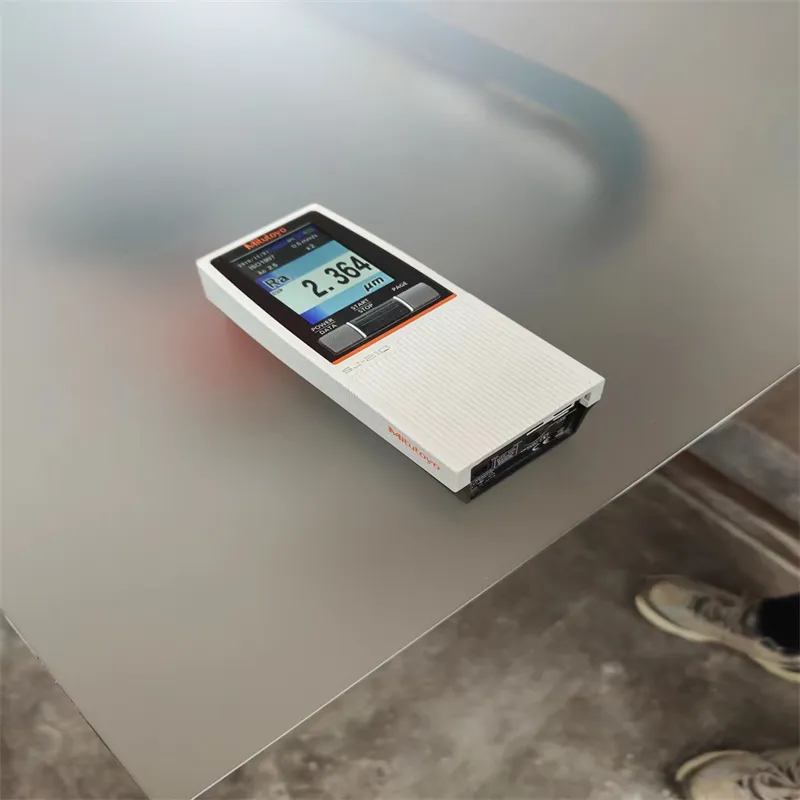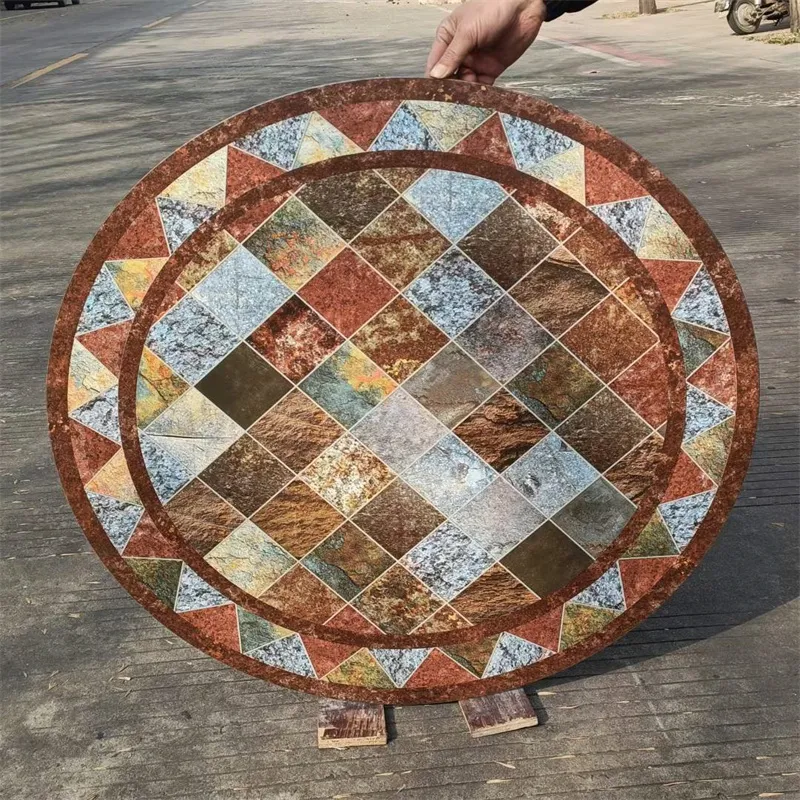Sep . 19, 2024 12:27 Back to list
low e tempered glass
Understanding Low-E Tempered Glass Benefits and Applications
Low-E (Low Emissivity) tempered glass has become a popular choice in the construction and design of buildings due to its unique properties that enhance energy efficiency, comfort, and safety. This specialized glass is treated through a process that increases its strength and modifies its surface to improve its thermal performance. Understanding the advantages and applications of Low-E tempered glass can inform builders, architects, and homeowners about its relevance in modern architectural design.
Understanding Low-E Tempered Glass Benefits and Applications
When tempered, this glass undergoes a heating and cooling process that increases its strength, making it much more resistant to impact and thermal stress than ordinary glass. Tempered glass is known to be five to six times stronger than standard glass of the same thickness and is less likely to shatter upon impact. In case of breakage, tempered glass fragments into small, blunt pieces that reduce the risk of injury. This safety feature makes Low-E tempered glass an ideal choice for commercial buildings, storefronts, and other high-traffic areas.
low e tempered glass

The aesthetic appeal of Low-E tempered glass cannot be overlooked. It allows for larger windows and glass surfaces without compromising structural integrity, enabling greater natural light and panoramic views. Its clarity and ability to reduce glare enhance the overall appearance of architectural projects while providing comfort to occupants. Low-E tempered glass is available in various tints and finishes, allowing designers to achieve specific aesthetic goals while reaping the benefits of energy efficiency.
Moreover, Low-E tempered glass is exceptionally versatile and can be used in a wide range of applications. This includes windows, skylights, and curtain walls in residential and commercial buildings. It is particularly beneficial in regions with extreme climates, where the energy savings from reduced heating and cooling demands can be significant. Additionally, it works seamlessly with other sustainable building practices, such as passive solar heating and green building certifications.
Finally, the growing awareness of climate change and sustainable practices has propelled the demand for Low-E tempered glass. With policies and incentives promoting energy-efficient building designs, the market for this type of glass is expanding. As regulations around energy efficiency become stricter, the incorporation of Low-E tempered glass into both new constructions and renovations will likely become a standard practice in the future.
In conclusion, Low-E tempered glass is a multifaceted solution that combines safety, energy efficiency, and aesthetic versatility. Its ability to contribute to stable indoor environments while enhancing the structural integrity of buildings makes it an increasingly valuable material in modern architecture. As we move toward a more sustainable future, the role of Low-E tempered glass in reducing energy consumption and improving the quality of living spaces will undoubtedly become more significant. Investing in this innovative product is not just beneficial for individual buildings, but for the planet as a whole.
-
Safety and Style with Premium Laminated Glass Solutions
NewsJun.24,2025
-
Reinvents Security with Premium Wired Glass
NewsJun.24,2025
-
Premium Float Glass Line for Modern Architecture
NewsJun.24,2025
-
Low Emissivity Glass for Energy-Efficient Architecture
NewsJun.24,2025
-
High-Performance Insulated Glass Solutions for Modern Architecture
NewsJun.24,2025
-
Elevates Interior Style with Premium Silver Mirror
NewsJun.24,2025
Related PRODUCTS














